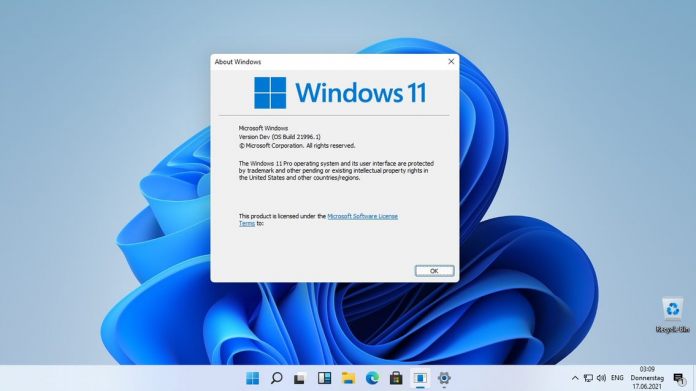Microsoft has filed a patent for technology that will enable cloud-based rollback of Windows updates. This new system aims to enhance the user experience by allowing for automatic restoration of the operating system to a ‘last known good update event.' This technology differs from traditional restore points, leveraging cloud-stored information to revert to a previous functional state of the OS.
A Proactive Approach to System Recovery
The forthcoming feature operates by reconfiguring system resources to revert from current upgrades that cause problems back to previous versions that proved to be stable. It does this by collecting performance data from various computers as part of Microsoft's cloud-based platform. The data is consistently assessed across a series of upgrade events, which help to ascertain the root cause of any issues.
Following a strict analysis of the captured data, a particular upgrade event may be designated as the last known good update if it satisfies predefined qualifications. This selection is pivotal, as it will be used by the system to roll back to when complications arise during the installation of subsequent updates.
Eliminating Local Backup Dependencies
One significant advantage of this new system is the elimination of the need for local backup images, which traditionally required users to reserve ample disk space on their devices. Instead, all necessary information for rollbacks will be housed within cloud-based infrastructure, assuring accessibility and freeing up local resources.
The details of this patented system have been made available for public scrutiny, pointing to Microsoft's focus on improved reliability and user experience in their software update process. However, while the patent reflects Microsoft's efforts to enhance user satisfaction with updates, it remains to be seen how this technology will be integrated into future Windows servicing strategies.






